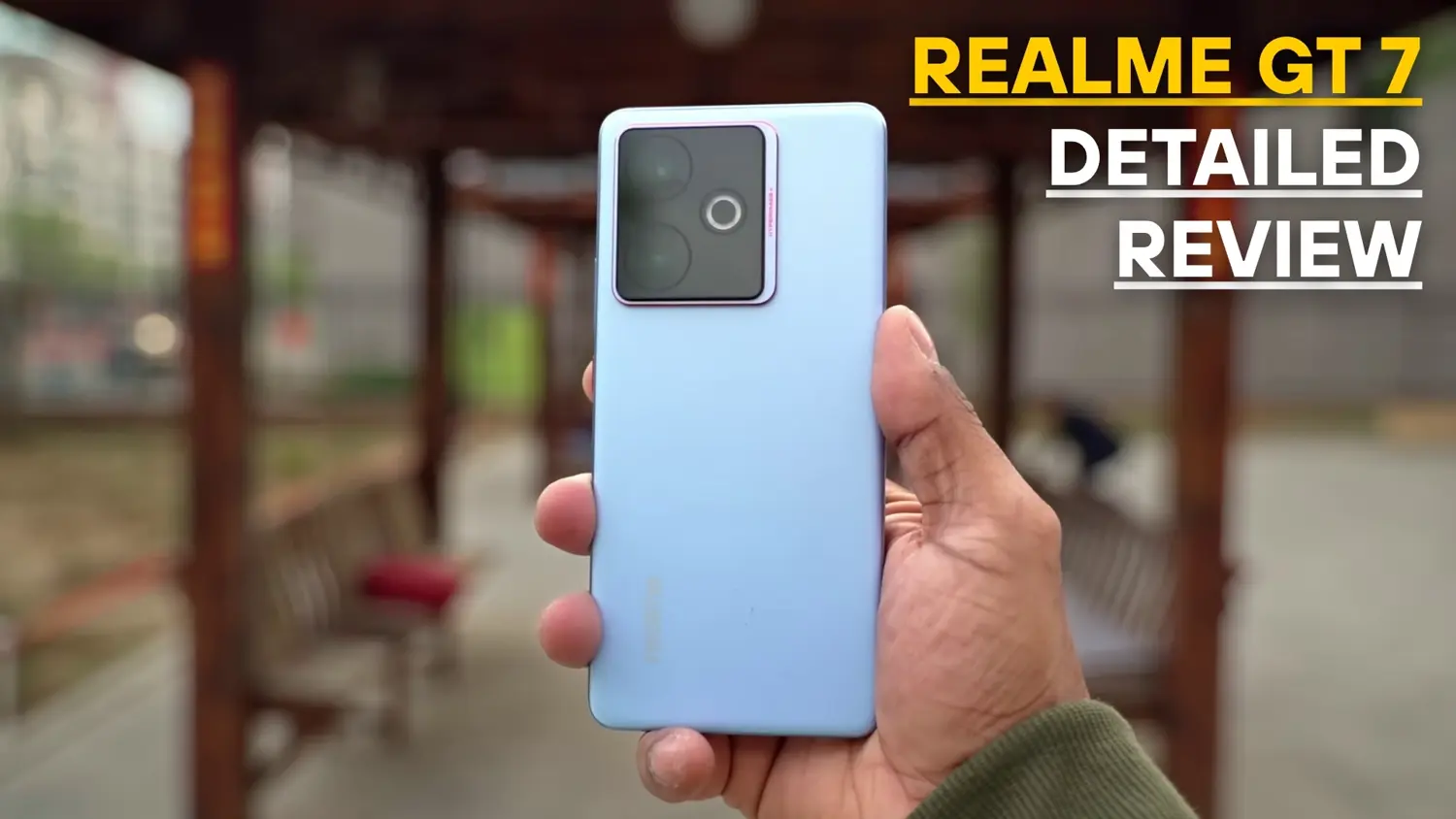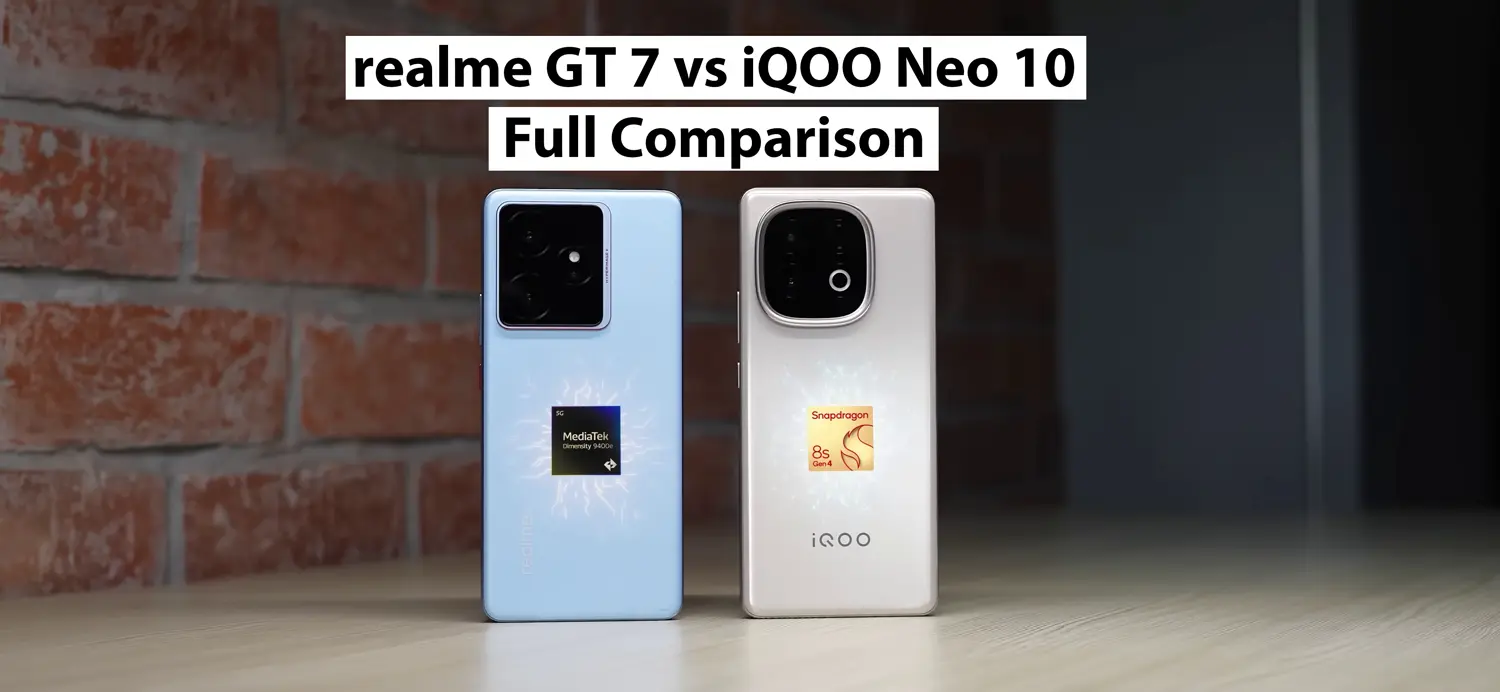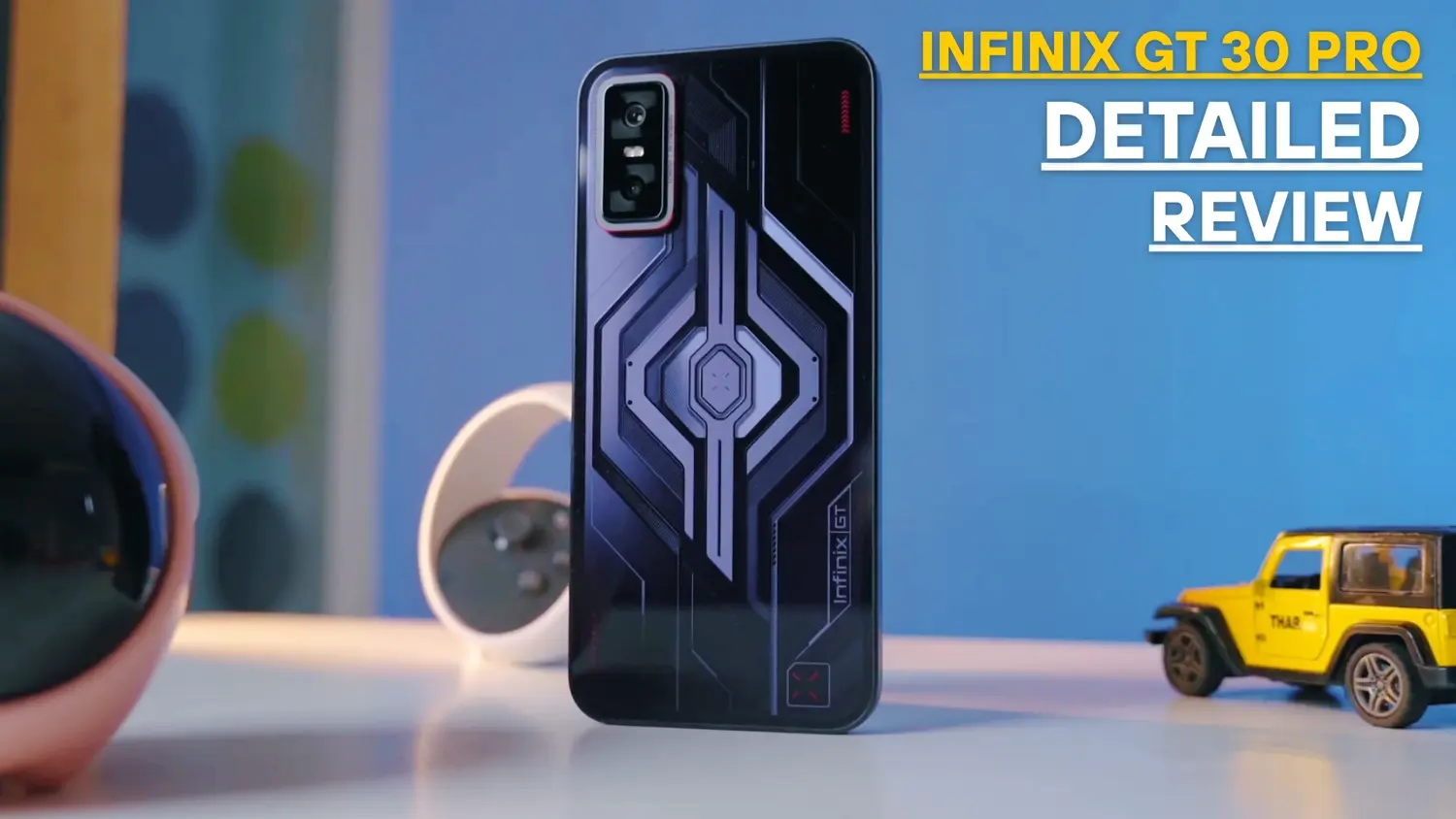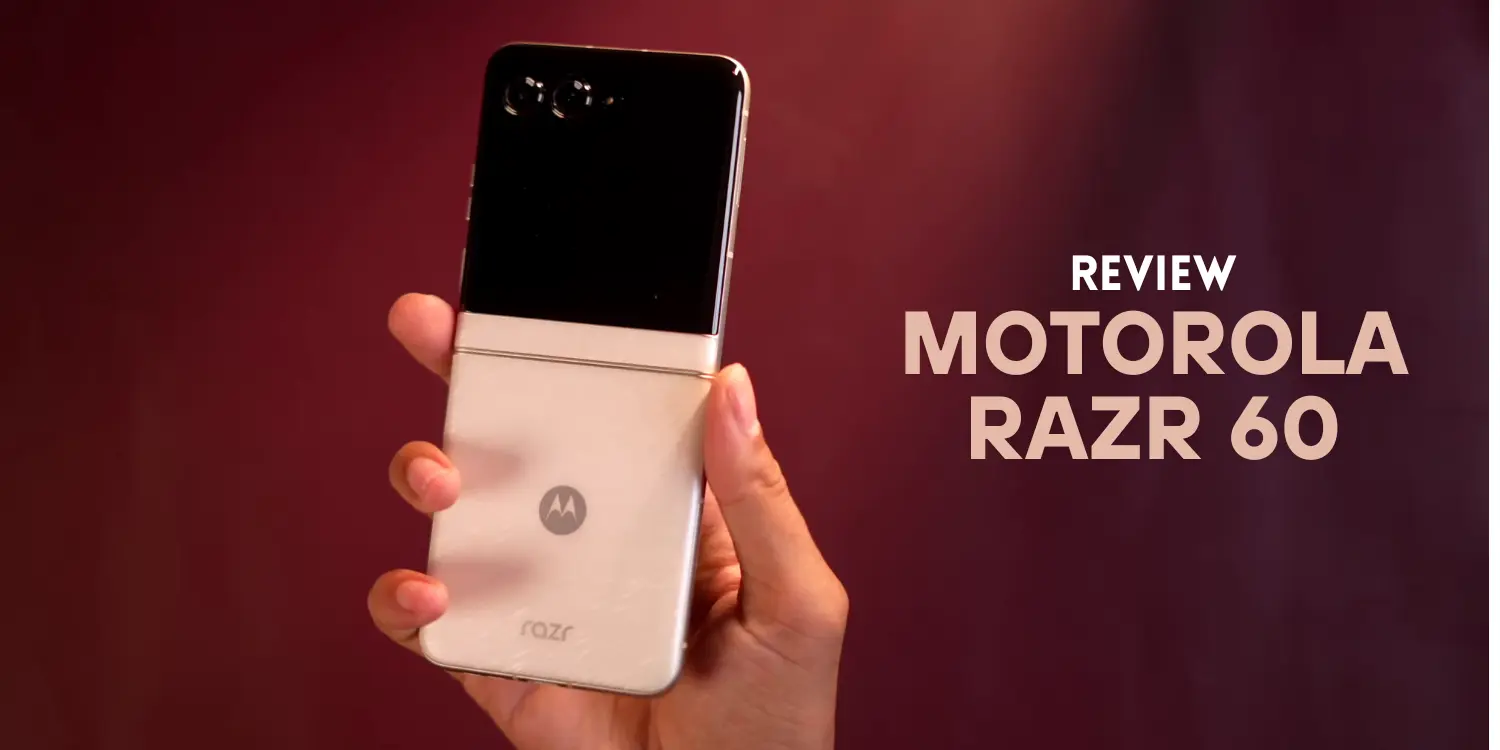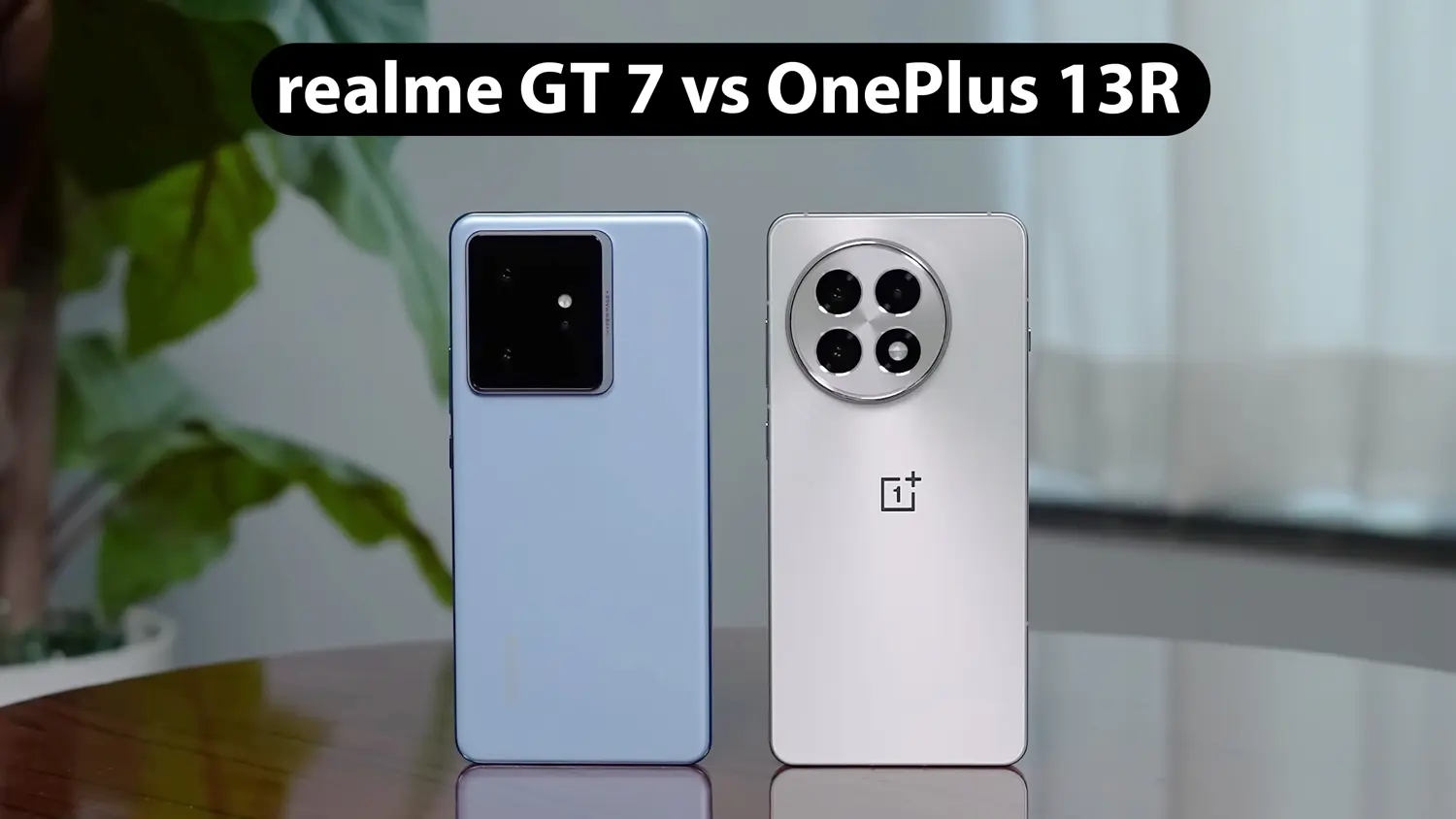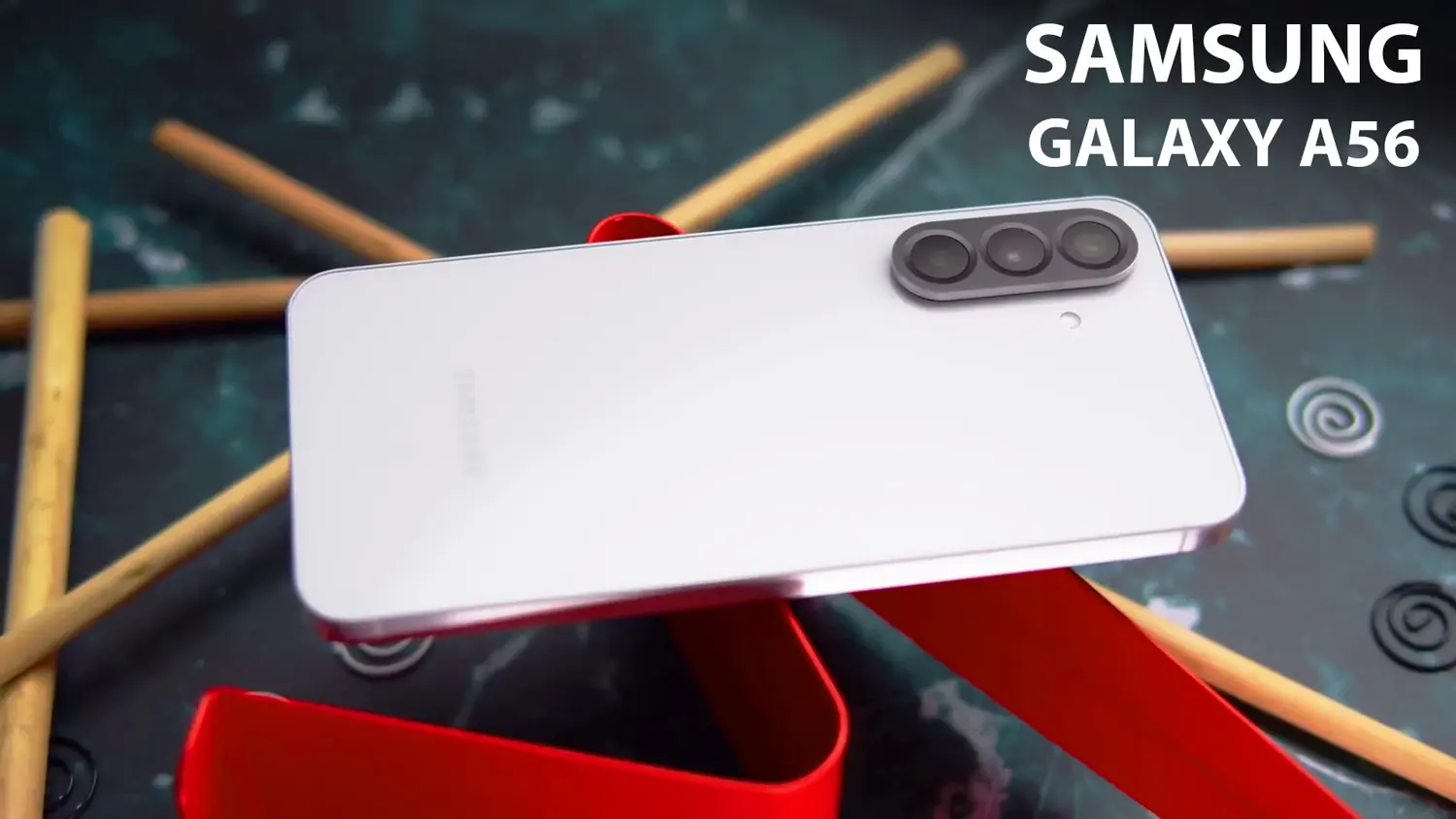The OnePlus 13s has arrived in India, marking the brand’s first foray into the compact flagship segment. Launched on June 5, 2025, this device aims to deliver a premium experience in a smaller form factor, catering to Indian consumers who crave high performance without the bulk. Priced competitively at around ₹54,999, the OnePlus 13s positions itself between the OnePlus 13R and the flagship OnePlus 13, offering a balance of power, portability, and affordability. But with a few compromises, does it truly stand out as the best compact phone in its price range? Let’s dive into the details, exploring its design, performance, display, battery, camera, software, and how it compares to its competitors, as well as differences from the China-exclusive OnePlus 13T.
Design and Build: Compact Elegance
The OnePlus 13s is a visual and tactile delight, sporting a frosted matte glass back and an aluminum frame with rounded corners. Available in three India-exclusive colorways—Black Velvet, Pink Satin, and Green Silk—it exudes premium craftsmanship. The Green Silk variant, in particular, stands out with its sophisticated, nature-inspired hue that feels both modern and timeless. At 8.15 mm thin and weighing just 185 grams, the phone achieves a near-perfect 50/50 weight distribution, making it comfortable for one-handed use and easy to slip into tight pockets.
OnePlus has ditched the iconic Alert Slider for a new customizable Plus Key, inspired by the iPhone’s Action Button. This key offers haptic feedback and can be programmed for tasks like launching the camera, toggling Do Not Disturb, or activating AI features like Mind Space. While the change may disappoint longtime OnePlus fans, the Plus Key adds versatility, enhancing the user experience.
However, there’s a compromise in the build: the OnePlus 13s carries an IP65 rating, offering splash and dust resistance but falling short of the IP68 or IP69 standards found in competitors like the Samsung Galaxy S25 or even budget phones. This makes it less durable against full water submersion, which could be a drawback for some users at this price point.
Display: Compact Yet Vibrant
The OnePlus 13s features a 6.32-inch 1.5K LTPO AMOLED display with a 120Hz adaptive refresh rate and Full HD+ resolution. With a peak brightness of 1600 nits, it’s bright enough for outdoor use, and Oppo’s Crystal Shield Glass provides robust protection against scratches. The display supports Dolby Vision and PWM dimming, ensuring a comfortable viewing experience, even in low light. Its flat design with slim bezels minimizes distractions, and OxygenOS 15 animations look fluid and engaging.
Compared to other compact flagships like the Samsung Galaxy S25 (6.2-inch) or Xiaomi 15 (6.36-inch), the OnePlus 13s strikes a balance—not the smallest, but perfectly sized for one-handed use without feeling cramped. Whether you’re streaming Netflix, typing documents, or browsing, the screen delivers sharp visuals and vibrant colors, making it ideal for both productivity and entertainment.
Performance: Flagship Power in a Smaller Package
Under the hood, the OnePlus 13s is powered by Qualcomm’s Snapdragon 8 Elite chipset, paired with up to 16GB of LPDDR5X RAM and 1TB of UFS 4.0 storage. This configuration ensures flagship-grade performance, rivaling the OnePlus 13 and other high-end devices. The inclusion of a large vapor chamber helps manage thermals effectively, even during intensive tasks like gaming. In benchmarks, the OnePlus 13s performs close to the Xiaomi 15 and outperforms the Galaxy S25 in certain scenarios, with a 3D Mark stability score of 71%, indicating solid thermal management.
Real-world performance is equally impressive. The phone handles multitasking, gaming, and everyday tasks with ease. Games like BGMI, COD Mobile, and Genshin Impact run smoothly, with BGMI supporting up to 90 fps and Genshin Impact performing well on high settings. While the phone warms up during extended gaming sessions in hot conditions (like Delhi summers), it avoids overheating, making it a reliable choice for gamers seeking a compact device. For those interested in gaming-focused phones, the Infinix GT 30 Pro offers a compelling alternative.
Battery Life: A Compact Powerhouse
One of the standout features of the OnePlus 13s is its 5,850mAh silicon-carbon battery, a slight downgrade from the 6,260mAh battery in the Chinese OnePlus 13T. Despite the smaller capacity, it outperforms many competitors, including the Galaxy S25, offering up to 8 hours of screen-on time with mixed usage (Instagram, Google Maps, Netflix) and around 7 hours during gaming. This is remarkable for a compact phone, where battery life is often a compromise.
The device supports 80W wired fast charging, juicing up from 10% to 100% in about 55 minutes with the included charger. However, a significant omission is wireless charging, a feature present in rivals like the Galaxy S25, Xiaomi 15, and iPhone 16. This could be a dealbreaker for users who prioritize wireless convenience.
Camera: Solid but Not Stellar
The OnePlus 13s sports a dual-camera setup, a departure from the triple-camera systems of many flagships. It includes a 50MP LYT700 primary sensor with OIS and a 50MP 2x telephoto lens, but lacks an ultrawide camera—a notable compromise. Unlike the OnePlus 13, there’s no Hasselblad tuning, which may disappoint photography enthusiasts expecting premium image processing.
In good lighting, the primary camera delivers sharp, detailed photos with solid dynamic range and contrast. Low-light performance is decent, with good color reproduction, though details can soften. The 2x telephoto lens performs well for portraits and zoomed shots up to 4x, but the lack of OIS results in occasional blur in low light. Digital zoom up to 20x is available, but quality drops significantly beyond 10x. The 32MP front camera, an upgrade from the 16MP sensor in the OnePlus 13T, offers sharp selfies but struggles with inconsistent skin tones.
Video recording supports 4K 60fps with Dolby Vision on the rear cameras and 4K 30fps on the front, with good stabilization and color accuracy. However, compared to the Galaxy S25 and Xiaomi 15, the OnePlus 13s lags in detail capture and portrait mode naturalness, making it a “decent but not flagship-grade” camera system.
Software: Clean and AI-Powered
Running OxygenOS 15 based on Android 15, the OnePlus 13s offers a near-stock Android experience with zero bloatware, a rarity in the Android ecosystem. It promises 4 years of OS updates and 6 years of security patches, ensuring longevity. The software is enhanced with AI features like VoiceScribe, Call Assistant, and AI translation, integrated with the Plus Key’s Mind Space functionality. This allows users to save and organize content (e.g., recipes, articles, or reminders) with AI-generated summaries and tags, making it a productivity booster.
The inclusion of OnePlus’s own dialer app, replacing Google’s, supports call recording without announcements and real-time call summarization. These features add practical value, though some users may miss the familiarity of Google’s dialer.
Connectivity and Additional Features
The OnePlus 13s supports dual SIM, Wi-Fi 7, Bluetooth 6.0, NFC, and an IR blaster, covering all modern connectivity needs. However, it uses a USB 2.0 port, limiting data transfer speeds compared to USB 3.0 or higher standards found in some competitors. The optical fingerprint scanner is fast but less reliable than ultrasonic sensors, especially with wet fingers. Stereo speakers deliver loud, balanced audio, a pleasant surprise for a compact phone where audio quality is often compromised.
Compromises and Comparison with OnePlus 13T
Compared to the China-exclusive OnePlus 13T, the Indian OnePlus 13s has a few differences:
- Battery: 5,850mAh vs. 6,260mAh in the 13T, a slight reduction but still impressive.
- Front Camera: Upgraded to 32MP from 16MP, improving selfie quality.
- Software: OxygenOS 15 replaces ColorOS 15, tailored for global markets.
- Colors: India-exclusive Green Silk, alongside Black Velvet and Pink Satin.
The key compromises of the OnePlus 13s include:
- IP65 Rating: Less robust than IP68/IP69 competitors.
- USB 2.0 Port: Slower data transfer speeds.
- Optical Fingerprint Scanner: Less reliable than ultrasonic alternatives.
- No Wireless Charging: A feature available in rival compact flagships.
- Camera Limitations: No ultrawide lens, no Hasselblad tuning, and no OIS on the telephoto.
Specifications Table
| Feature | Specification |
|---|---|
| Display | 6.32-inch 1.5K LTPO AMOLED, 120Hz, Full HD+, 1600 nits, Dolby Vision, PWM dimming |
| Processor | Qualcomm Snapdragon 8 Elite |
| RAM | 12GB/16GB LPDDR5X |
| Storage | 256GB/512GB/1TB UFS 4.0 |
| Rear Camera | 50MP LYT700 (OIS) + 50MP 2x telephoto (no OIS) |
| Front Camera | 32MP autofocus |
| Battery | 5,850mAh, 80W wired charging (no wireless charging) |
| Operating System | OxygenOS 15 (Android 15), 4 years OS updates, 6 years security patches |
| Connectivity | Dual SIM, 5G, Wi-Fi 7, Bluetooth 6.0, NFC, IR blaster, USB 2.0 |
| Build | Aluminum frame, frosted glass back, IP65, 8.15mm, 185g |
| Colors | Black Velvet, Pink Satin, Green Silk |
| Audio | Stereo speakers, Dolby Atmos |
| Additional Features | Plus Key (customizable), AI features (Mind Space, VoiceScribe, Call Assistant) |
| Price | ₹54,999 (12GB+256GB), ₹59,999 (12GB+512GB) |
Comparison with Competitors
The OnePlus 13s competes with other compact flagships like the Samsung Galaxy S25, Xiaomi 15, and Google Pixel 9a. Here’s how it stacks up:
- Samsung Galaxy S25 (₹69,999): Offers a better camera system with an ultrawide lens, wireless charging, and IP68 rating, but at a higher price. Its display is slightly smaller (6.2-inch), and battery life is inferior.
- Xiaomi 15 (₹59,999): Features a triple-camera system with ultrawide, wireless charging, and comparable performance. It’s slightly larger (6.36-inch) and pricier.
- Google Pixel 9a (₹45,000): A more affordable option with a 6.3-inch display and excellent cameras, but it lacks the raw power of the Snapdragon 8 Elite.
- iPhone 16 (₹79,900): Provides a premium ecosystem and cameras but is significantly more expensive and heavier (199g).
The OnePlus 13s stands out for its aggressive pricing and robust battery life, making it the most affordable Snapdragon 8 Elite phone. However, its camera and IP rating fall short of some rivals.
Verdict: Is the OnePlus 13s the Best Compact Flagship?
At ₹54,999, the OnePlus 13s is a compelling choice for those seeking a compact flagship with top-tier performance, excellent battery life, and a clean software experience. Its design, display, and AI features like Mind Space make it a joy to use, while the Snapdragon 8 Elite ensures it handles any task with ease. However, compromises like the lack of an ultrawide camera, wireless charging, and a lower IP65 rating may deter users who prioritize photography or durability.
If cameras are your top priority, the Xiaomi 15 or Galaxy S25 might be better options, albeit at a higher cost. For those who value performance, battery life, and affordability in a compact package, the OnePlus 13s is hard to beat. It’s not perfect, but it’s a strong contender in the compact flagship space, offering a near-flagship experience at a mid-range price. For more insights on budget-friendly smartphones, check out our review of the Vivo T4 5G.

